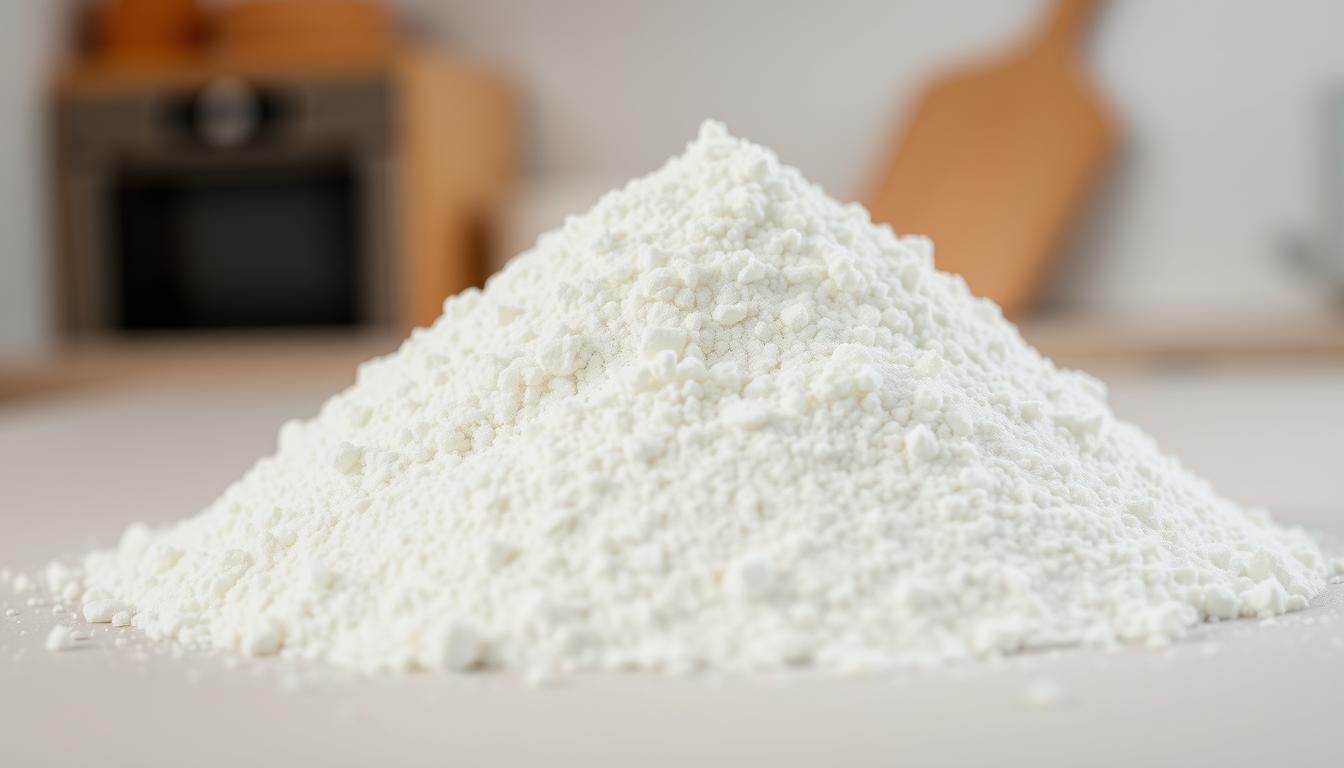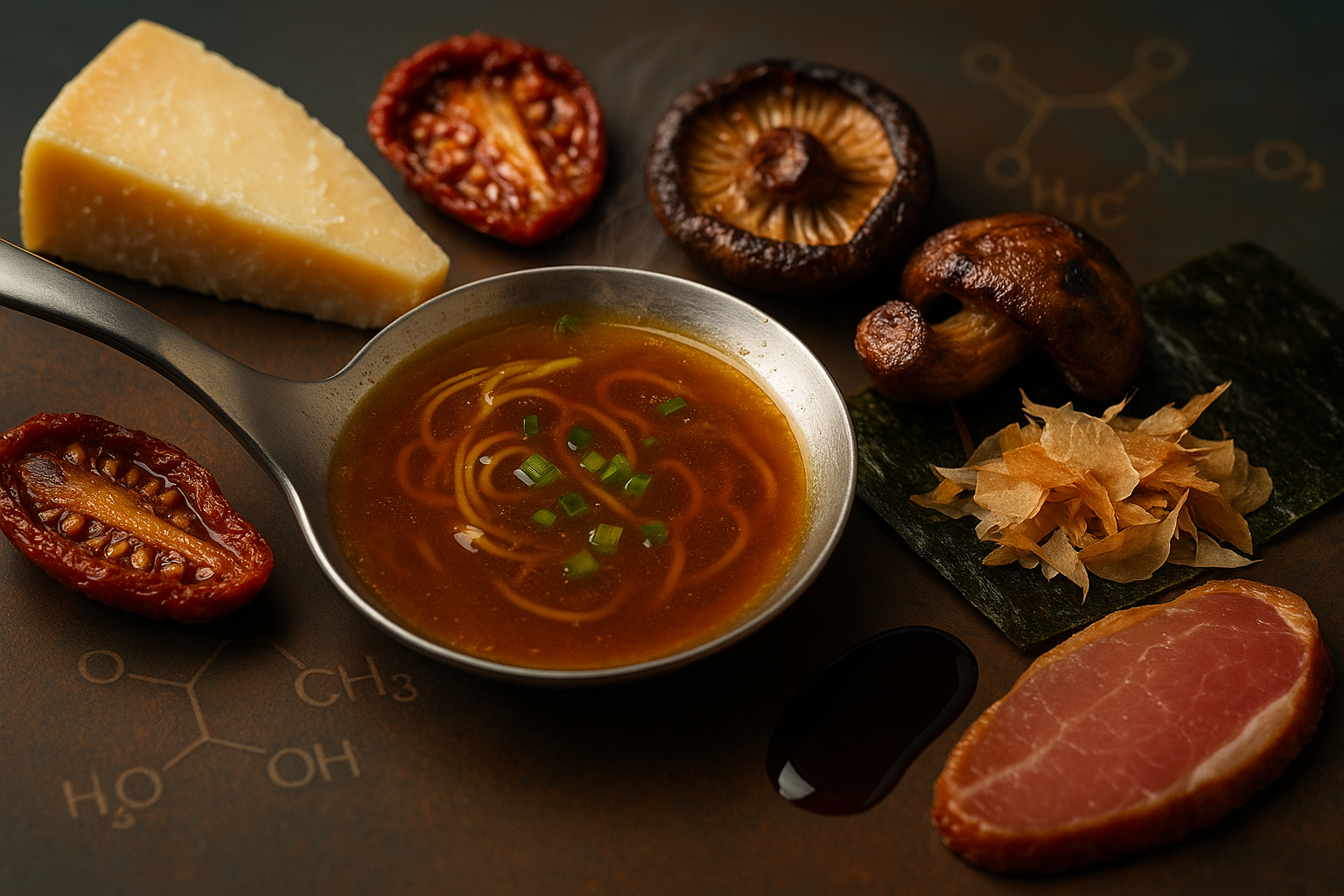Trending searches
Trending searches

Hydrocolloid: Konjac Gum
SUBSCRIBE TO OUR BLOG
Promotions, new products, and recipes.
Konjac Gum: The Asian Root with Culinary and Nutritional Prowess
Konjac Gum, derived from the tuber of the konjac plant (Amorphophallus konjac), has been a staple in Asian cuisines for centuries. Known for its exceptional gelling and thickening properties, Konjac Gum is also celebrated for its potential health benefits. But what's the scientific foundation behind this hydrocolloid's behavior, and how has it been integrated into global gastronomy?
Historical Overview
The konjac plant, native to Southeast Asia, has been cultivated for over 1,500 years. Its corm, a tuber-like part, is the primary source of Konjac Gum, which has been used both as food and medicine in traditional practices1.
The Molecular Science of Konjac Gum
Konjac Gum is primarily composed of glucomannan, a water-soluble dietary fiber. Its unique structure, consisting of β-(1→4)-linked D-mannose and D-glucose residues, allows it to absorb large quantities of water, forming a viscous solution or gel2.
Extraction and Refinement
The konjac corm is dried and then milled to obtain a fine powder. This powder undergoes further purification processes to yield the final Konjac Gum product3.
A Multifaceted Ingredient
Konjac Gum's versatility is evident in its diverse applications:
-
Food Industry: Used as a gelling agent, thickener, and stabilizer in various food products4.
-
Health and Nutrition: Celebrated for its potential benefits in weight management, cholesterol reduction, and gut health5.
-
Cosmetics: Incorporated in products for its hydrating properties6.
Konjac Gum in Culinary Creations - Proportions
Konjac Gum's culinary proportions are dictated by its potent gelling capabilities:
-
Jellies and Gels:
- Proportion: 0.5% to 1.5% of the total weight7.
- Purpose: Provides a firm, elastic gel structure.
-
Noodles (like Shirataki Noodles):
- Proportion: 1% to 3% of the total weight8.
- Purpose: Imparts a unique, chewy texture.
-
Soups and Broths:
- Proportion: 0.2% to 0.5% of the total weight9.
- Purpose: Enhances viscosity and mouthfeel.
-
Desserts (like Puddings or Mousses):
- Proportion: 0.5% to 1% of the total weight10.
- Purpose: Provides a smooth, creamy texture.
Conclusion
Konjac Gum, with its rich history and unique molecular properties, continues to be a valuable ingredient in modern gastronomy. Its role across various industries, especially in the culinary world, underscores its adaptability and importance. As the intersection of culinary arts and food science deepens, Konjac Gum's prominence is set to soar.
For further reading: Pectin
References:
Footnotes
-
Chua, M., et al. "Traditional uses and potential health benefits of Amorphophallus konjac K. Koch ex N.E.Br." Journal of Ethnopharmacology, 2010. ↩
-
BeMiller, J.N. "Carbohydrate Chemistry for Food Scientists." AACC International Press, 2019. ↩
-
Onishi, N., & Iwahashi, M. "Method for producing konjac powder." U.S. Patent No. 5,972,382, 1999. ↩
-
Imeson, A. "Food Stabilisers, Thickeners and Gelling Agents." Wiley-Blackwell, 2009. ↩
-
Keithley, J., & Swanson, B. "Glucomannan and obesity: a critical review." Alternative Therapies in Health and Medicine, 2005. ↩
-
Schramm, L.L. "Encyclopedia of Emulsion Technology." Marcel Dekker, 1983. ↩
-
Guarda, A., et al. "Different hydrocolloids as bread improvers and antistaling agents." Food Hydrocolloids, 2004. ↩
-
Chen, H.L., et al. "Konjac supplement alleviated hypercholesterolemia and hyperglycemia in type 2 diabetic subjects—a randomized double-blind trial." Journal of the American College of Nutrition, 2003. ↩
-
Davidson, R.L. "Handbook of Water-Soluble Gums and Resins." McGraw-Hill, 1980. ↩
-
Moore, M.M., et al. "The effects of hydrocolloids on the quality of gluten-free bread." Food Research International, 2008.


|
About the Author Ed is the founder of Cape Crystal Brands, editor of the Beginner’s Guide to Hydrocolloids, and a passionate advocate for making food science accessible to all. Discover premium ingredients, expert resources, and free formulation tools at capecrystalbrands.com/tools. — Ed |
Related Posts

Key Things to Know About Using Sodium Alginate in Food

Why the Demand for Xanthan Gum is Soaring: What that Means for Gluten-Free Bakers

The Science of Umami: The Fifth Taste That Changed How We Eat
Enjoyed this post? Subscribe to The Crystal Scoop
Food-science tips, ingredient know-how, and recipes. No spam—unsubscribe anytime.
- Choosing a selection results in a full page refresh.
POLICY PAGES
QUICK LINKS
Guar Gum
Cape Crystal Brands, 18 Bank St., Suite 1, Summit NJ 07901.
- Phone: +1 908-273-5600
- Email: info@capecrystalbrands.com
- Tax ID: 26-2477626000
- FDA Facility Registration # 16980627550
- Kosher Certified: OKosher.org
Country/region
© 2025, Cape Crystal Brands | Sitemap
